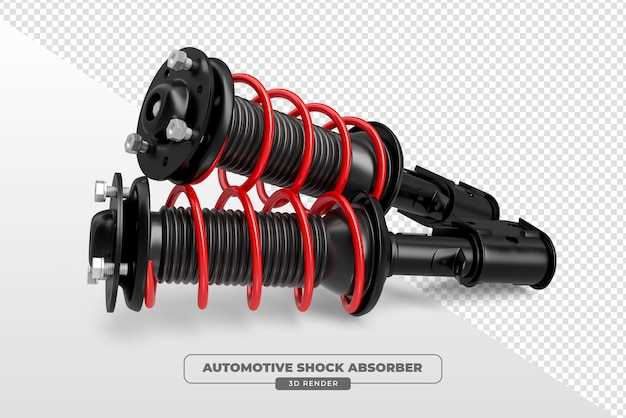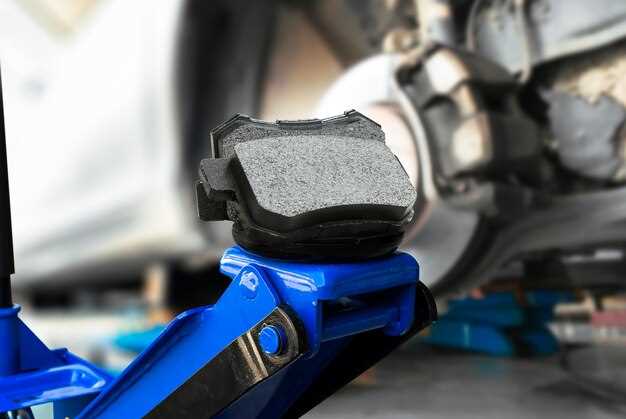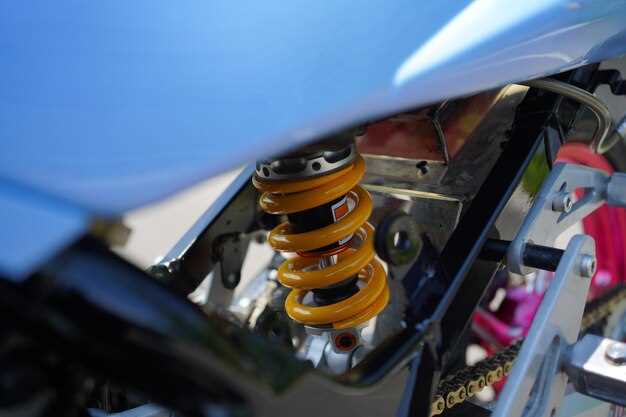
In the world of motorsports, the pursuit of peak performance is a never-ending journey, and one of the critical components that play a vital role in achieving this goal is the suspension system. A well-engineered suspension not only provides stability but also significantly enhances handling characteristics, allowing drivers to navigate corners with precision and confidence. The intricacies involved in suspension tuning can make the difference between winning and losing in a race.
Modern racing demands a level of responsiveness and adaptability that can only be achieved through advanced suspension technologies. By optimizing key elements such as spring rates, damping characteristics, and alignment settings, teams can tailor their suspension systems to suit the unique demands of different tracks and conditions. This customization ensures that cars maintain optimal contact with the road, improving grip and overall handling dynamics.
Furthermore, continuous advancements in materials and engineering techniques allow for lighter and more robust suspension components, contributing to enhanced performance. Race teams are now more capable than ever of pushing the limits of suspension systems to achieve unparalleled handling, responding effectively to every twist and turn on the track. This article delves into the latest innovations and methodologies for enhancing racing suspension systems, showcasing how these developments translate into tangible benefits on race day.
Adjusting Spring Rates for Optimal Handling Dynamics

In the realm of racing, proper suspension setup is crucial for maximizing vehicle performance and ensuring optimal handling dynamics. One of the most significant factors influencing suspension behavior is the spring rate, which directly affects how a car responds to various driving conditions. Adjusting spring rates allows engineers and drivers to fine-tune the vehicle’s balance, grip, and overall performance on the track.
Spring rates refer to the stiffness of the springs within the suspension system, measured in units of force per length (usually pounds per inch or Newtons per millimeter). A stiffer spring rate typically increases the car’s response to inputs, reducing body roll during cornering and improving stability. Conversely, softer springs enhance comfort and traction on uneven surfaces, providing better contact with the ground. Therefore, finding the perfect spring rate involves a careful balance based on the type of racing, surface conditions, and driving style.
One crucial aspect of adjusting spring rates is understanding weight distribution. Different vehicles have varying front-to-rear weight ratios, which significantly impacts how they handle. For instance, a front-heavy car may require stiffer rear springs to prevent oversteer, while a balanced or rear-heavy car might benefit from a softer setup to maintain control. Additionally, the racing discipline–whether it be road racing, drifting, or rally–will dictate the required characteristics for optimal handling.
Another key consideration is the interaction between spring rates and other suspension components, such as shock absorbers and anti-roll bars. For instance, if stiffer springs are employed, it may be necessary to adjust dampers accordingly to prevent excessive bouncing and maintain tire contact. The combined effects of these components will ultimately determine the car’s agility and responsiveness in dynamic situations.
In conclusion, adjusting spring rates is an essential process in enhancing suspension systems for peak racing performance. By carefully considering weight distribution, the specific racing discipline, and the interplay with other suspension components, teams can optimize handling dynamics, leading to quicker lap times and improved driver confidence on the track.
Tuning Damping Settings to Improve Track Performance
Tuning damping settings plays a crucial role in enhancing a vehicle’s handling characteristics on the racetrack. The suspension system, responsible for connecting the car to the road, relies on precise damping adjustments to manage the forces that act on it during dynamic maneuvers. Properly tuned dampers can significantly reduce body roll, improve traction, and enhance overall stability, leading to faster lap times.
There are two main types of damping: compression and rebound. Compression damping controls how quickly the suspension compresses, while rebound damping regulates how quickly it returns to its neutral position. Adjustments to these settings must be made in relation to the specific characteristics of the race track being utilized, such as surface texture and cornering radius.
On smoother tracks, a softer compression setting may be advantageous, allowing the suspension to absorb minor imperfections while maintaining grip. However, a stiffer rebound setting can help control weight transfer during quick turns, providing the necessary support to maintain optimal handling. Conversely, for tracks with rough surfaces, stiffer compression settings may be required to prevent bottoming out and to ensure the tires remain in contact with the ground.
It’s essential to consider the vehicle’s weight distribution and balance when tuning damping settings. A well-balanced suspension system can reduce understeer and oversteer, leading to improved confidence for the driver. Fine-tuning rebound settings is particularly important for ensuring that the weight transfers evenly during acceleration and braking, optimizing traction and handling stability.
Incorporating data acquisition systems can greatly aid in the tuning process. By analyzing telemetry data, one can fine-tune damping settings based on real-time feedback and performance metrics. Observing how the car behaves under various conditions allows for targeted adjustments, ensuring that the suspension system delivers peak performance tailored to the specific demands of the track.
Ultimately, time spent on fine-tuning damping settings will reap significant benefits on track performance. A suspension system that is accurately adjusted can make all the difference, transforming a good car into a great one, while simultaneously enhancing the driver’s experience by providing better control and feedback on the track.
Implementing Alignment Specifications for Enhanced Cornering Stability

In the competitive world of racing, achieving optimal handling is crucial for success on the track. One of the key factors that influence a car’s cornering stability is its wheel alignment. Precision in alignment specifications can significantly enhance vehicle performance during high-speed maneuvers and tight turns.
Wheel alignment refers to the angles at which the wheels are set relative to the car’s chassis and the ground. By fine-tuning these angles–specifically, camber, caster, and toe–racing teams can improve tire contact with the road, ensuring maximum grip during cornering. A negative camber, for example, increases tire contact at extreme angles, thereby enhancing grip when the car leans into turns.
Caster angle plays a vital role in steering response and stability. An optimal positive caster angle not only improves straight-line stability but also enhances the car’s handling characteristics during cornering. Adjusting the caster can help the driver maintain better control when transitioning through curves, allowing for quicker responses and more precise steering inputs.
The toe setting, which impacts how the tires align while moving, also affects cornering performance. A slight toe-in can enhance stability during turns, reducing the risk of oversteer, while toe-out may provide quicker turn-in but can lead to instability. Finding the right balance for toe settings is essential for maximizing handling prowess on the racetrack.
In conclusion, incorporating precise alignment specifications tailored for racing environments is paramount for achieving enhanced cornering stability. By carefully adjusting camber, caster, and toe angles, racing teams can optimize handling capabilities, leading to improved performance and greater competitive advantage during races.





